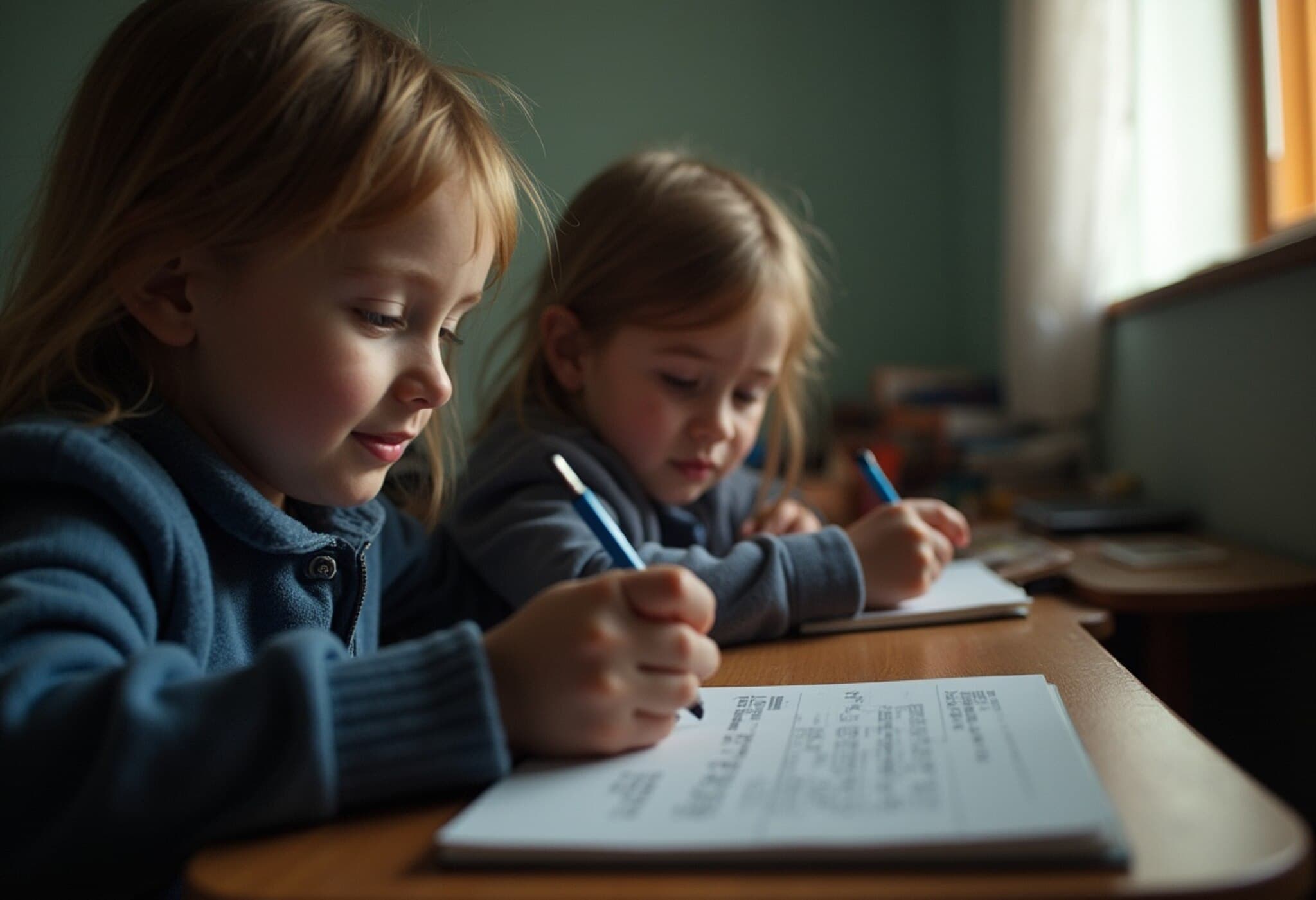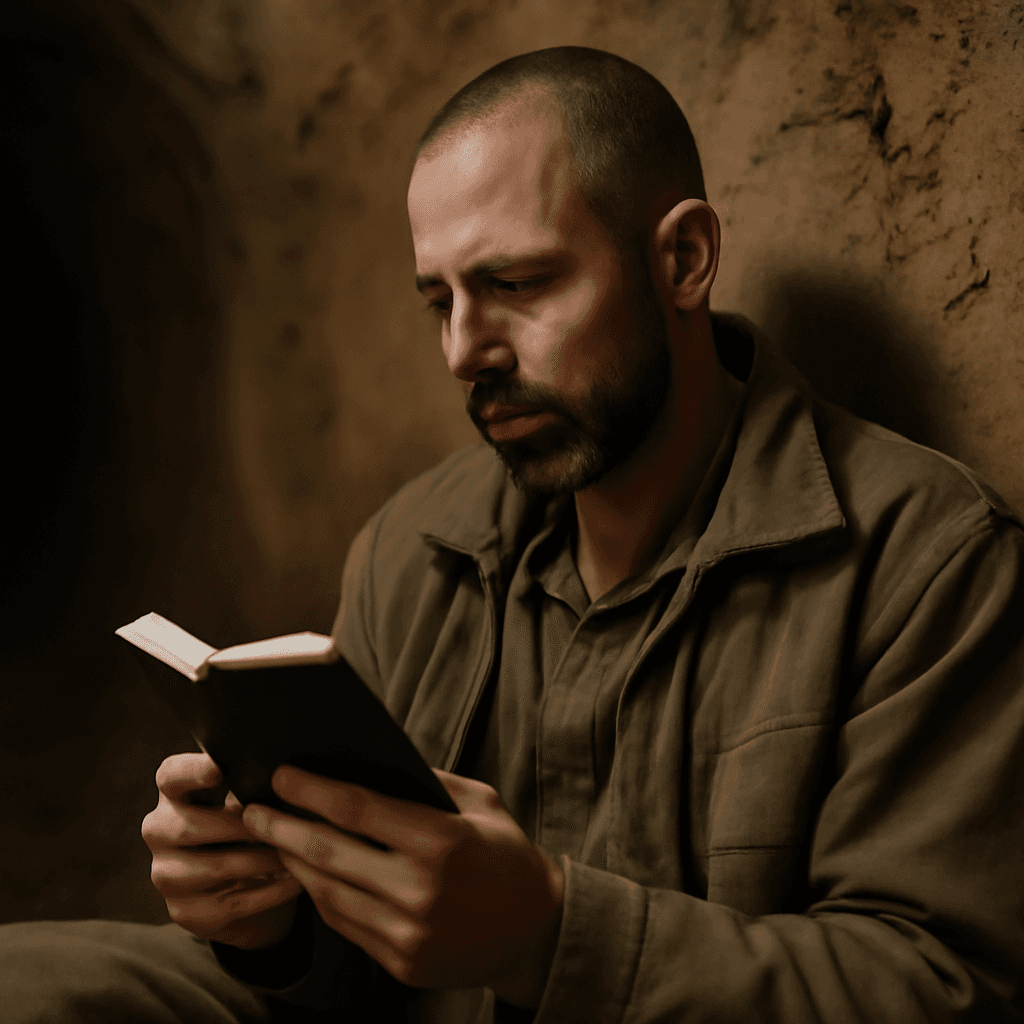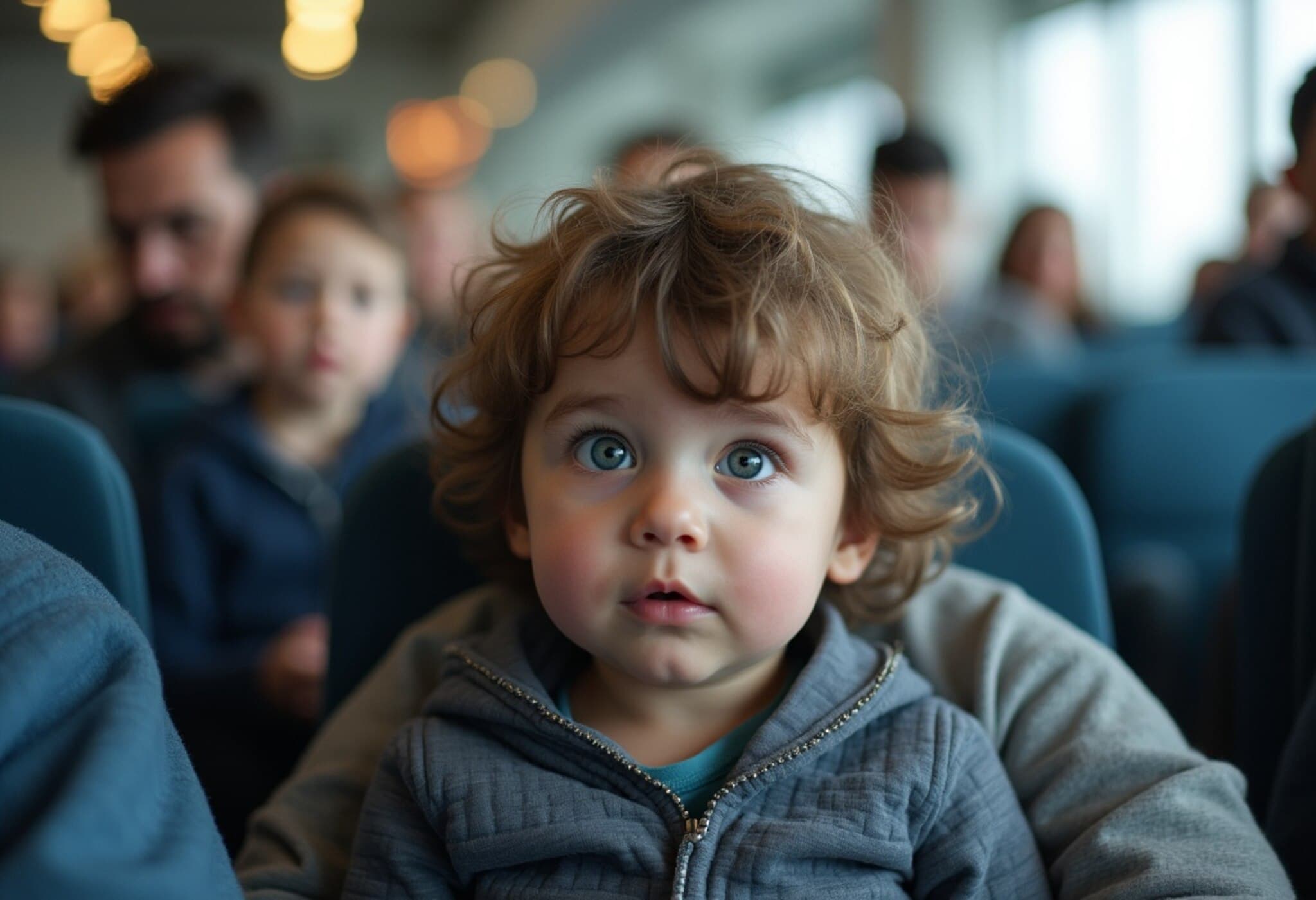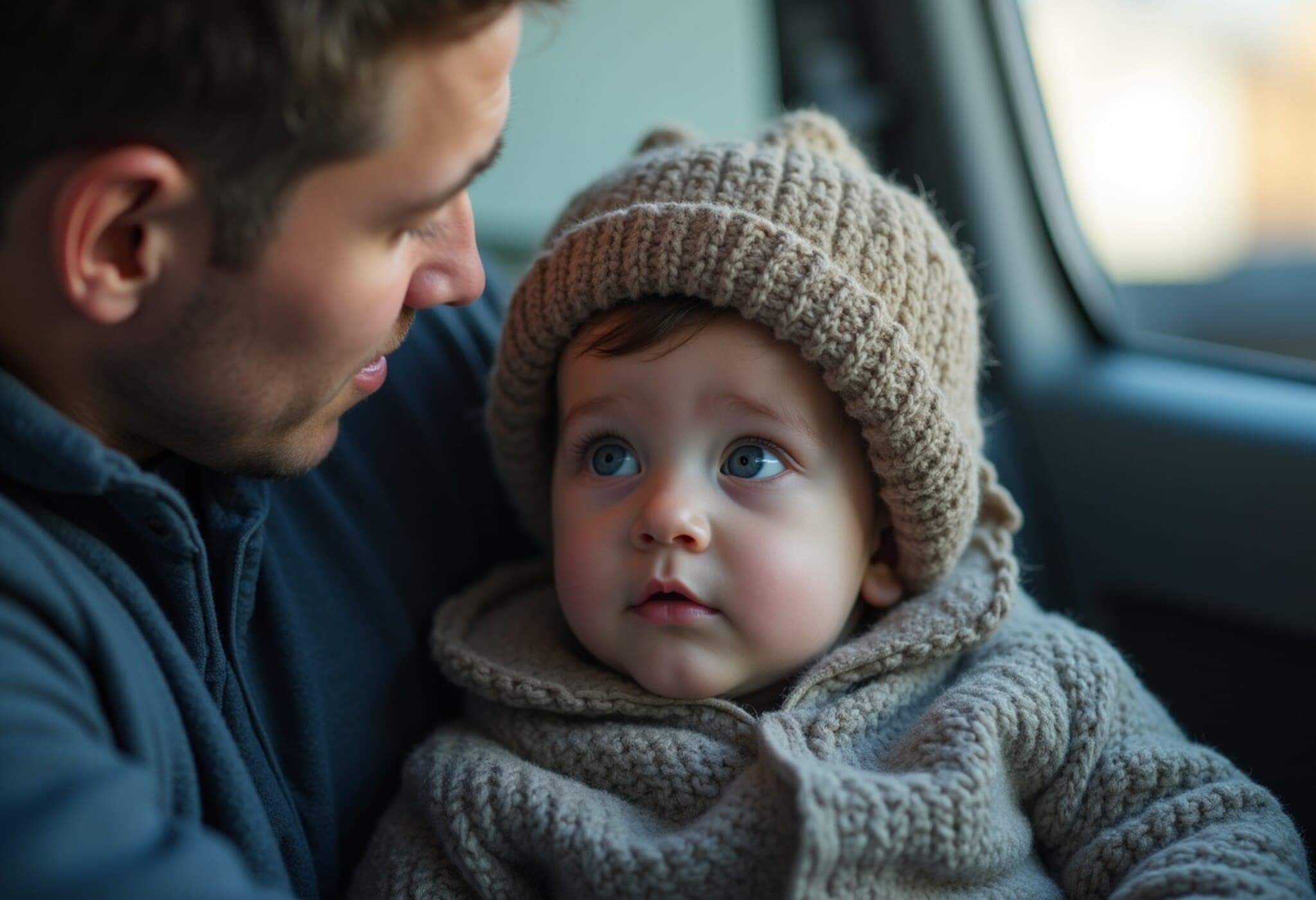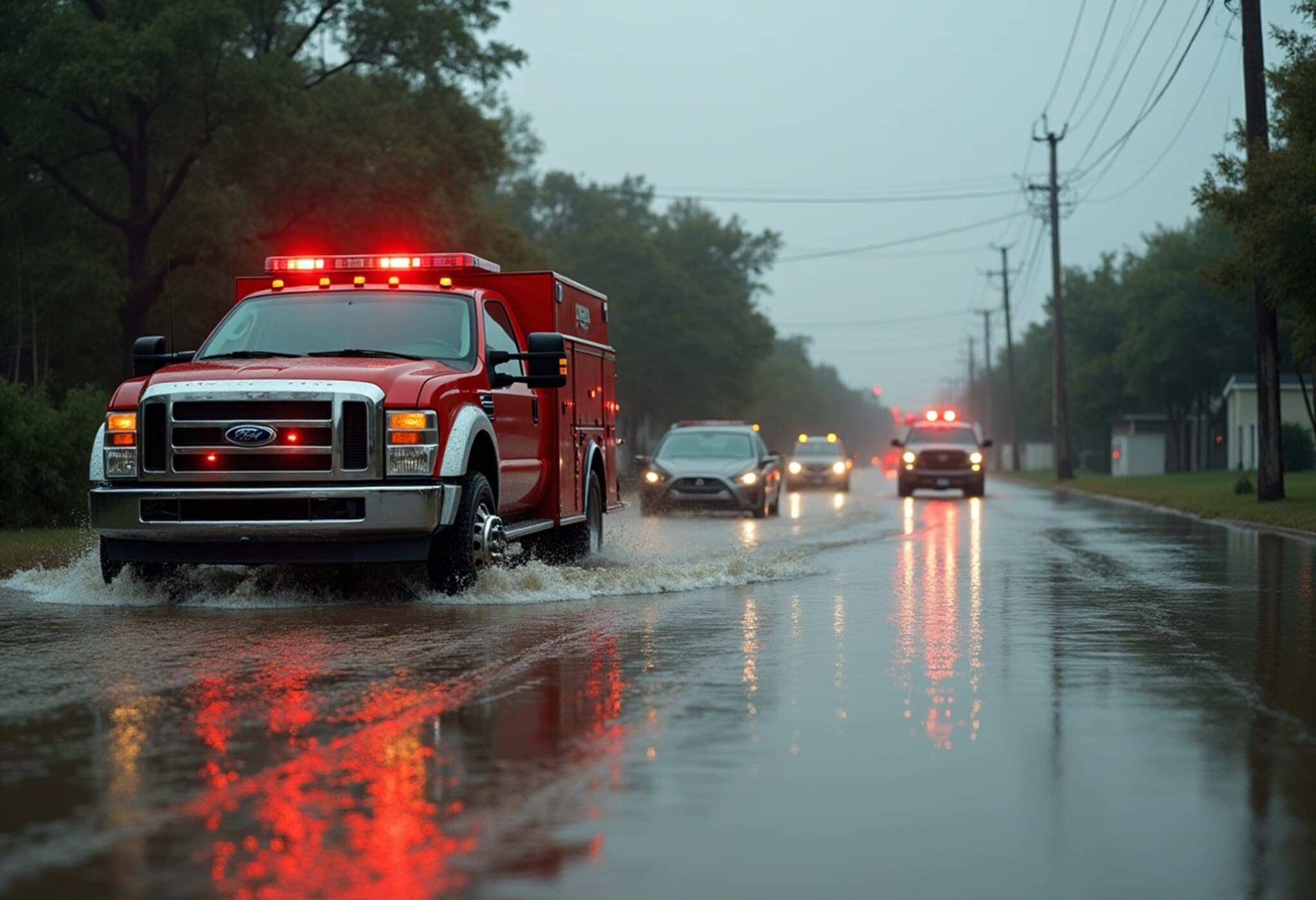Sanctuaries Beneath the Ruins: Childhood Perseveres in War-Torn Kharkiv
Amidst the relentless bombardment of Ukraine’s eastern city Kharkiv, children find refuge and hope far below the surface. In hidden bunker classrooms deep underground, crayons and chalk replace the harsh realities of missiles and sirens, offering young minds a temporary sanctuary from war’s devastation.
A Fragile Haven Amid Constant Danger
Located less than 40 kilometres from the Russian border, Kharkiv lives under almost nightly assault from missiles and drone strikes. The city’s surface is scarred by destruction, and the wail of air raid sirens is a nightly reminder that safety above ground is elusive.
Yet beneath the shattered streets, a quiet resistance takes root. Makeshift classrooms with reinforced walls and blast-proof doors become spaces where children can engage in learning, play, and emotional healing—moments of childhood preserved amid chaos.
Learning and Healing in the Depths
With many schools shuttered or forced online, these underground centers provide much more than education. They offer psychosocial support, normalcy, and a sense of community. Children and their families tentatively emerge above ground only when it is safe, otherwise retreating to the safety of these shelters.
Take Artem, a shy 10-year-old boy who recently completed fourth grade. Since his father lost a leg in combat, Artem has withdrawn, his mother explains. She credits these classes with giving him routine and connection after months of isolation.
“These classes mean everything to him now,” his mother shares, her voice heavy with the hardship of months spent caring for her husband almost 1,000 kilometres away while her children had no parental care.
Voices Restored and Futures Rekindled
Stories of hope are abundant in these underground sanctuaries. Olena’s young daughter, who once refused to speak, found her voice again here. Overwhelmed by fear from war’s trauma and difficult family circumstances, the child clung tightly to her mother until discovering the safety of play and learning underground.
“This place gave her back her voice—and it gave me peace,” Olena reflects emotionally.
Resilience in the Face of Disrupted Childhoods
Many children have had their education fractured—first by the pandemic, then by invasion and occupation. Over one in seven Ukrainian schools have suffered damage or closure. Teachers, like Olena Yeroshkina, tirelessly work underground to bring stability and healing through education.
“We can’t change the missiles, but we can nurture the children,” she says, highlighting how academic progress here reflects profound emotional recovery.
Small Victories Amid Uneasy Normalcy
In classrooms illuminated by fluorescent lights, siblings Masha and Mikhail share laughter and dreams despite the looming threats outside. Masha, 10, enjoys languages and math; Mikhail, 12, looks forward to a future in IT. Their smiles, punctuated by quiet admissions of fear during sirens, embody a collective determination to endure.
Community Spirit Fuels Hope and Strength
Behind these efforts are individuals shaped by hardship who now dedicate themselves to supporting the new generation. Volunteers like Slava Bondar and chaplains such as Serhii Poltavskyi foster environments where children can not only survive but grow.
Nearly 100 child-friendly spaces have been established across Ukraine with support from humanitarian partners and the European Union, serving thousands of children in the most dangerous regions.
Hope Endures Beneath the Sound of Sirens
In Kharkiv, a city where the sky can darken with missile trails at any hour, these underground classrooms symbolize resilience and the unbreakable spirit of youth. Children here refuse to be defined by fear, finding moments of joy, learning, and connection amid the ongoing conflict.
As one mother puts it, “We are weary, yet we smile for the children—and we continue to wait for peace.”

